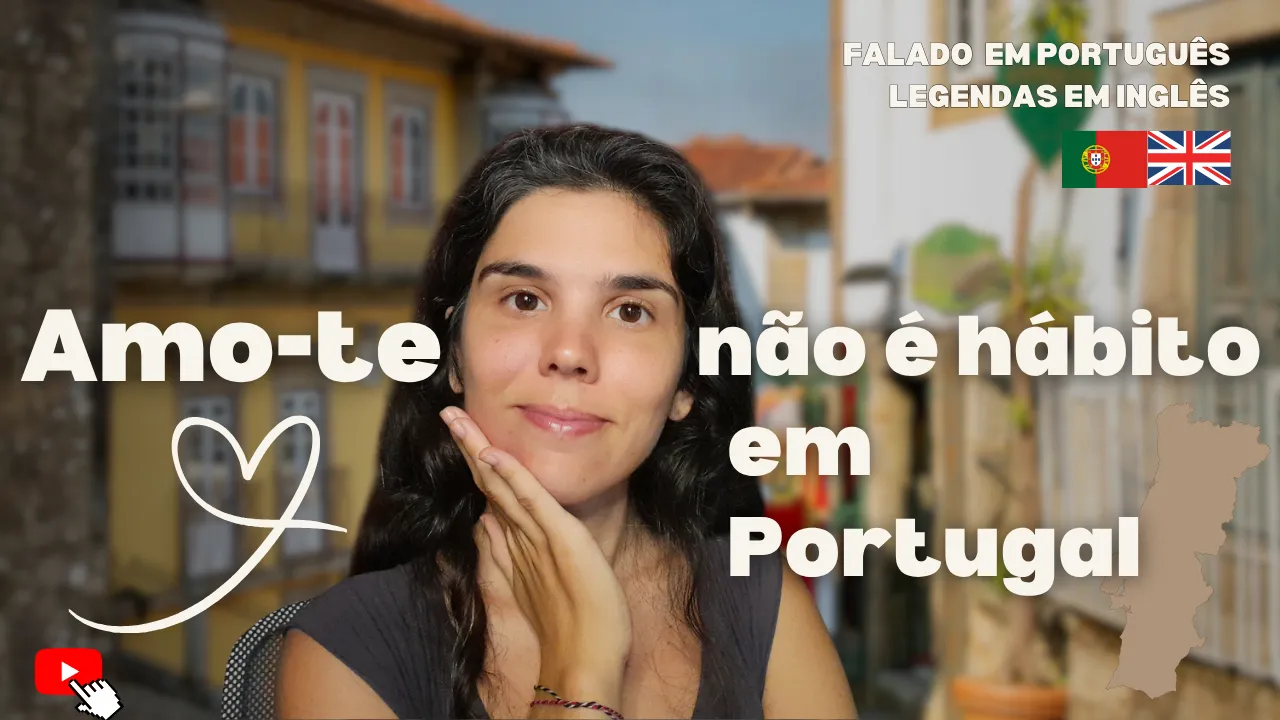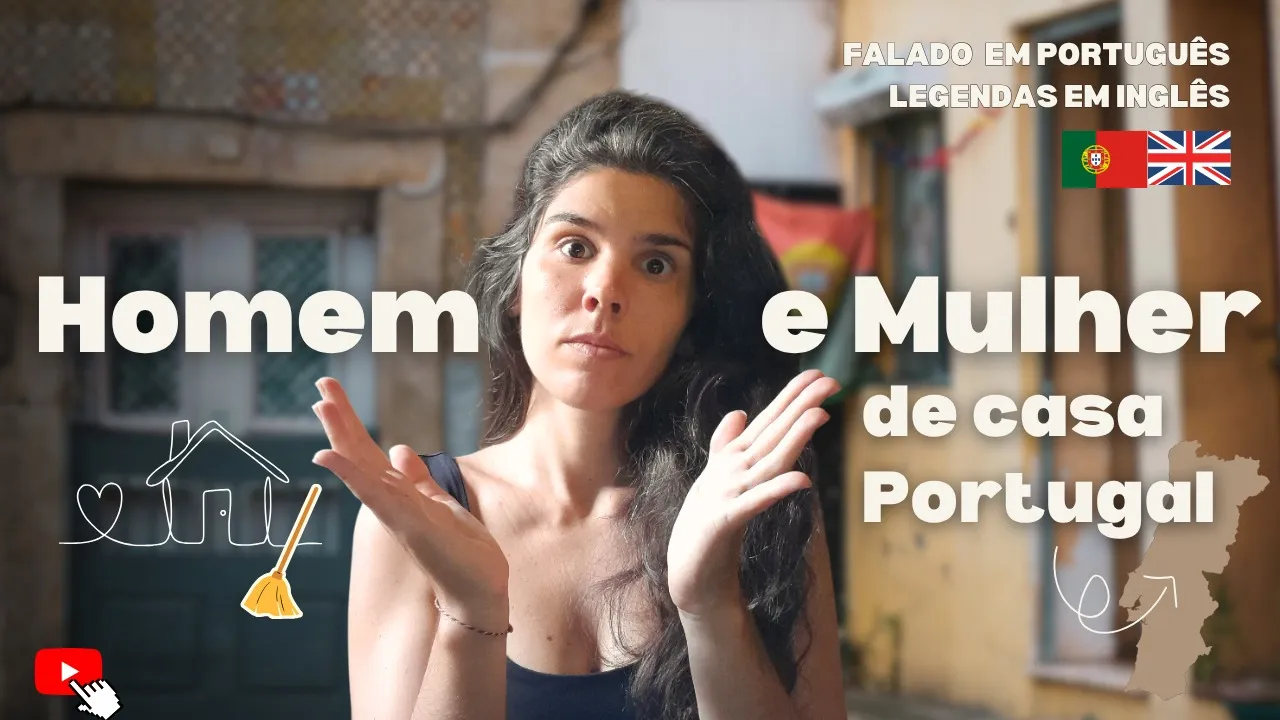
Why “I Love You” Isn’t Said Lightly in Portugal
If you’re learning Portuguese, you’ve probably encountered a phrase that feels deceptively simple: “Amo-te.” It’s the literal translation of “I love you” but in Portugal, you’ll rarely hear it.
Fado is more than just music. It’s the sound of the Portuguese soul.
Rooted in emotion, poetry, and tradition, Fado captures the melancholy and beauty of life’s fleeting moments. Whether sung in a small corner tavern or on an international stage, this iconic genre continues to define Portugal’s cultural identity.
The origins of Fado are complex and multicultural. It emerged from a mix of Afro-Brazilian sung dances, rural Portuguese music, and urban song styles from the early 19th century. While its precise roots remain debated, most agree that Fado began to take shape in the Lisbon neighborhood of Alfama –– still considered its spiritual home.
The word “fado” means fate or destiny. Its lyrics often speak of longing, heartbreak, saudade (a uniquely Portuguese feeling of nostalgic yearning), and the ups and downs of everyday life.
But Fado is not just sadness. There’s joy, humor, and celebration too.
In 2011, UNESCO recognised Fado as part of the Intangible Cultural Heritage of Humanity, cementing its status as a vital expression of Portuguese identity.
You’ll find Fado in small casas de fado (Fado houses) across Lisbon, especially in Alfama and Bairro Alto. These are intimate settings where the singer, usually dressed in black, performs with deep emotion, accompanied by a classical guitar and a Portuguese guitarra.
A central element of Fado is the guitarra portuguesa –– a 12-string, pear-shaped instrument unique to Portugal. There are three main types:
The guitar’s distinct tone is instantly recognisable and carries the emotional weight of the music. Artists like Marta Pereira da Costa –– Portugal’s first and only professional female Fado guitarist –– have helped bring the instrument and the genre to new audiences around the world.
Fado has been shaped by powerful voices and artistic innovation. Some of the most notable figures include:
Fadistas Clássicos e Fundamentais:
Nomes da Nova Geração e Contemporâneos:
Outras Figuras Importantes:
The phrase “Cheira bem, cheira a Lisboa” (It smells good, it smells like Lisbon) became iconic after being sung by Amália Rodrigues in the 1947 film Capas Negras. This song, which evokes the charm of Lisbon’s streets and festivals, remains part of the cultural imagination and adds to Fado’s romantic aura.
Fado is not just a song. It’s a way of feeling.
It tells the stories of a people marked by voyages, returns, hopes, and heartbreaks.
Whether you hear it in a small Lisbon tavern or on a global stage, Fado invites you into the emotional world of Portugal. And once you’ve heard it, it’s hard to forget. It lingers –– like saudade –– in your soul.

If you’re learning Portuguese, you’ve probably encountered a phrase that feels deceptively simple: “Amo-te.” It’s the literal translation of “I love you” but in Portugal, you’ll rarely hear it.

In one of my recent lessons, a student asked: “Is there a masculine version of dona de casa in Portuguese?” The answer? **Yes… and no.** This question opens up a much bigger conversation about language, gender roles, and culture, especially in the context of Portuguese society. Let’s dive in.

When it comes to drug laws, two words are often confused: legalization and decriminalisation. Many people believe drugs are legal in Portugal, but in reality, Portugal decriminalized drug use, not legalised it.
I’m Sofia, a European Portuguese teacher and artist. I offer engaging small-group intensives, personalized private lessons, and conversational practice designed to help you feel the language—not just study it.